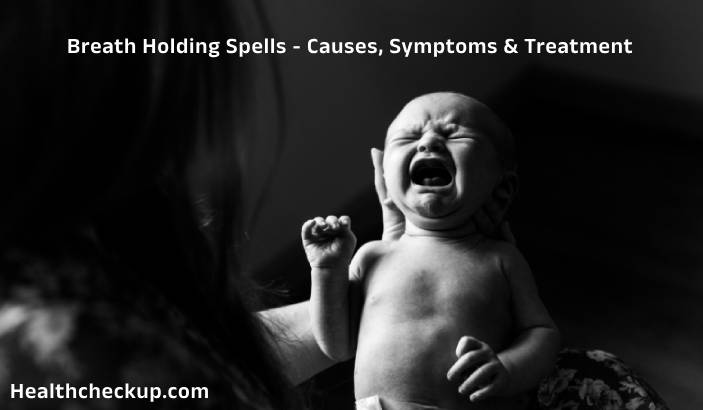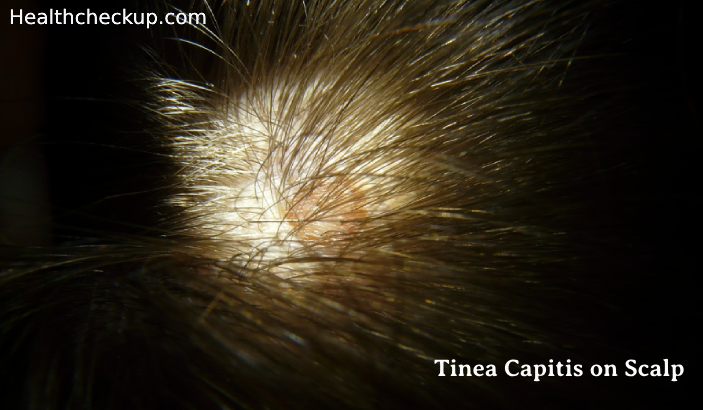Angelman Syndrome is a rare, complex genetic disorder that usually affects the nervous system of the individuals born with the syndrome. The angelman syndrome causes are related to a genetic mutation on chromosome 15, commonly called UBE3A. Normal individuals inherit 2 copies of the gene, one from the father and one from the mother, and both the copies become active in different parts of the body, and angelman syndrome occurs when only one copy of the gene becomes active in certain areas of the brain of the affected individual. The angelman syndrome symptoms become apparent when a child is around 6 to 12 months old, and the child continues to develop other symptoms as he/she grows old and suffers from the syndrome throughout life.
Individuals born with the angelman syndrome need support and care throughout their lifetime, but they have a near-normal life expectancy.
Angelman Syndrome Symptoms
Infants with angelman syndrome mostly appear normal at birth, though they might show signs of feeding problems in the early stages due to the inability to co-ordinate sucking and swallowing. These babies will usually need to be treated for reflux, and should be given high-calorie formula feeds to help them gain weight.
These children have delayed development and the angelman syndrome symptoms become noticeable when the child is around 6 to 12 months. At this age, the children may show signs such as not being able to sit without support, which is a developmental milestone usually achieved by most toddlers of this age. These children also make abnormal babbling noises.
One of the most common angelman syndrome symptoms is speech disability. These children may not speak at all or will learn to say a few small words. Slowly, these children will learn to communicate with their care-givers using gestures and few signs.
The syndrome affects the child’s ability to walk along with other motor disabilities such as ataxia. Ataxia is the loss of balance and co-ordination caused by a disease affecting the nervous sytem. Ataxia causes children with the angelman syndrome to have trembling arms, and stiffness in the legs, further affecting the ability to walk.
Some of the Common Angelman Syndrome Symptoms related to Behavior Include:
- Frequent smiling or laughter, often without any stimulus
- Having an easily excitable nature
- Constant flapping of hands when they’re excited
- Being hyperactive or restless
- Showing very short attention spans
- Having sleep problems and sleeping for a lesser time than normal kids of their age
- Showing a distinct attraction to water
One of the most significant angelman syndrome symptoms is the development of a small head with a flat back, commonly known as microbrachycephaly, by the age of 2. These children may also start having frequent episodes of seizures or epileptic attack by this age.
Other Related Angelman Syndrome Symptoms Include:
- A tendency to always stick the tongue out
- Strabismus, which is often called cross eyes, and is characterized by the inability to properly align the eyes with each other while staring at an object
- A wide mouth with improper teeth alignment
- Hypopigmentation of the skin, hair, and eyes
- Scoliosis or the sideways curvature of the spine that develops slowly as the child grows up
Angelman Syndrome Causes
As mentioned earlier, the angelman syndrome is a genetic disorder involving the chromosome 15. In most of the cases, the parents do not have this syndrome, and the gene mutation responsible for the syndrome occurs at the time of conception. A pair of copies of this gene are inherited by the child, one from the mother and one from the father. In normal children, the copies of these genes are active in most of the body tissues, however, the copy of the gene inherited from the mother is active in certain areas of the brain.
Now, there are Many Possibilities Involving the same gene, i.e. UBE3A gene or the Angelman gene that are the most Common Angelman Syndrome Causes, and these Include:
- The absence or malfunction of this gene
- The deletion of the maternal copy of the UBE3A gene in the fetus causing the absence of the gene in the child’s brain
- A mutated version of the maternal copy of the UBE3A gene present in the brain
- The inheritance of two copies of chromosome 15 from the father alone, instead of inheriting one copy each from the two parents, known as uniparentaldisomy
- The inheritance of a copy of the UBE3A from the mother that behaves like it came from the father, known as the imprinting defect
However, in about 5 to 10% of the cases, the angelman syndrome causes are unknown, and in most of these children more than one gene or chromosomes are involved, causing them to have other disorders along with the angelman syndrome.
Angelman Syndrome Risk Factors
Since the angelman syndrome is a rare disorder, estimated to occur only in 1 individual out of a population of 12,000 to 20,000 people, more studies are required to establish the risk factors for the syndrome.
Also, since the angelman syndrome occurs due to a spontaneous mutation or a defect in a woman’s egg or a man’s sperm or in the developing embryo, it is difficult to determine the risk factors for the disorder. However, a family history of the Angelman Syndrome is certain to be a risk factor for a baby born in the family.
How is Angelman Syndrome Inherited?
It is wrong to assume that the angelman syndrome is inherited, especially in individuals with no family history of the condition, as mentioned earlier, angelman syndrome causes are related to the deletion of the maternal chromosome 15 or due to paternal disomy. These genetic changes occur spontaneously during the formation of the reproductive cells, i.e. the egg in a woman or the sperm in a man, or during the early stages of embryonic development.
It is very rare for a genetic change responsible for angelman syndrome to be inherited. For example, a mutation in the UBE3A gene can be passed on from one generation to the next.
Are there Prenatal Tests for Angelman Syndrome?
There are a number of genetic tests available to help keep the couple informed about the possible outcomes of a pregnancy. The prenatal diagnosis can be used to diagnose any condition affecting the developing fetus. If a family history of any genetic disorder is known, a test of the genetic material of the fetus is taken up by doctors. The prenatal diagnostic tests are of two types, chorionic villus sampling and amniocentesis.
The chorionic villus sampling is a test done during 10 to 13 weeks of pregnancy, and it uses a sample of the placenta to screen for any genetic problems in the developing fetus.
Amniocentesis is performed by doctors around 15 weeks of gestation, and in this test, a small sample of the amniotic fluid surrounding the fetus is withdrawn from the uterus of the pregnant woman and checked for genetic problems in the cells shed by the fetus in the amniotic fluid.
The prenatal diagnosis of any genetic disorder in the fetus can help the couple decide if they want to go ahead with the pregnancy, and if they choose to go ahead, knowing that their child will be born with the angelman syndrome will help them to mentally prepare themselves for the birth of a child with disabilities and make arrangements for the special care that the newborn requires.
As mentioned earlier, the angelman syndrome causes many disabilities in children born with it, and parents need to be counseled on how to handle the angelman syndrome symptoms that their child will develop and what to expect from their child.
Medically Reviewed By

I am an experienced Medical/Scientific writer with a passion for helping people live a happy healthy life. My thirst for writing has followed me throughout the years – it is there when I wake up, lingering at the edges of my consciousness during the day, and teases me at night as I go to sleep.








